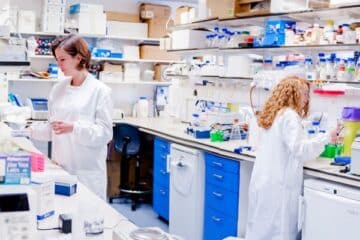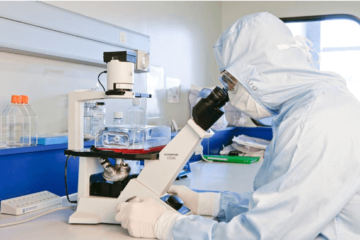ALS Treatment in 2024 The Role of Stem Cells
In 2024, stem cell therapies offer hope for ALS treatment. Researchers explore the potential of stem cells to repair damaged nerve cells and slow disease progression. Discover the latest advancements and ongoing clinical trials in this comprehensive article.














